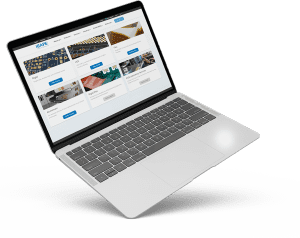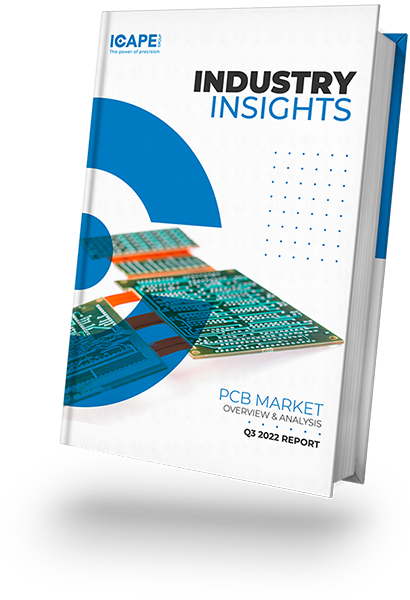The PCB : A marvel of modern electronics
The unsung hero of our tech-driven world, the Printed Circuit Board (PCB), is a marvel of engineering ingenuity. It’s the foundation upon which all modern electronics are built, silently conducting the electrical orchestra that powers our devices. But for those unfamiliar with the inner workings of electronics, PCBs can be shrouded in mystery. Fear not, for this guide will unveil the wonders of PCBs, transforming you from a curious onlooker to a PCB aficionado!
What exactly is a PCB?
In essence, a PCB, (Printed Circuit Board), is a relatively thin, flat structure typically made from a non-conductive material like fiberglass reinforced epoxy and clad with copper. Think of it as a meticulously planned city layout. Just like a city has roads that connect buildings, a PCB has a network of copper tracks etched onto its surface. These tracks act as electrical pathways, carrying electrical signals between the various electronic components mounted on the board – processors, resistors, capacitors, and more.
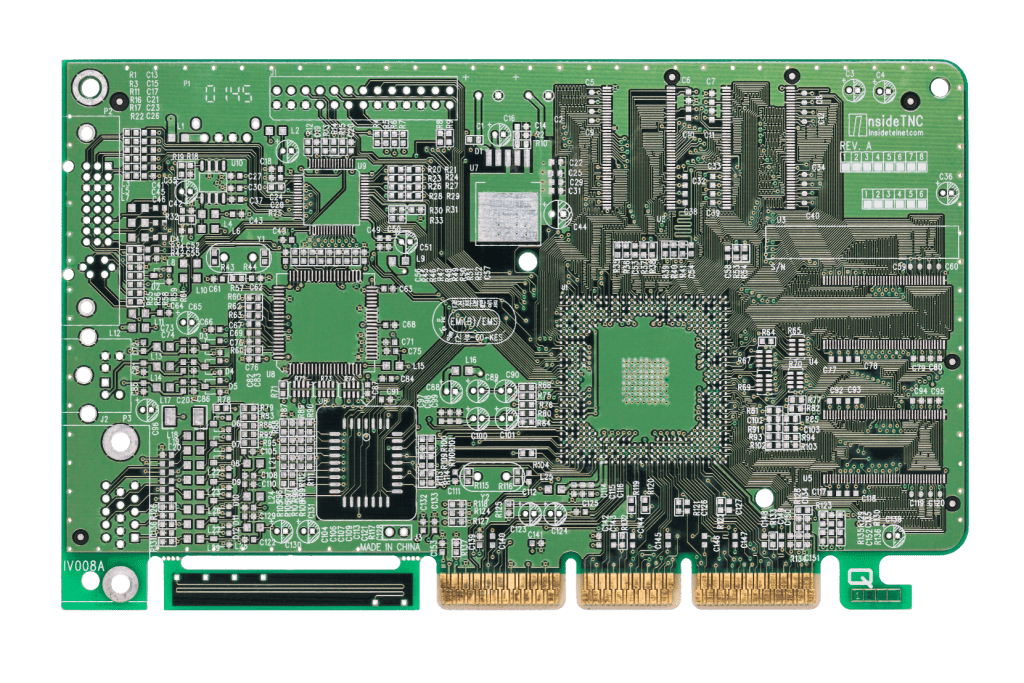
Where can we find PCBs in our daily routine?
All around us! PCBs are the hidden heroes lurking within most electronic devices we interact with daily. Here’s a glimpse into the world of everyday PCBs:
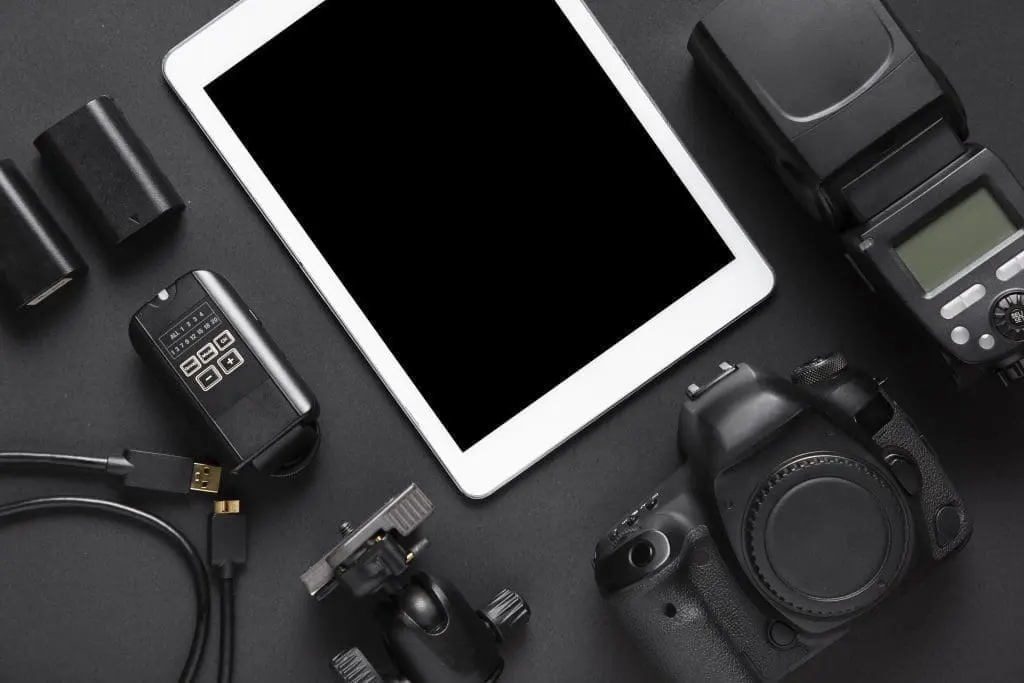
In Your Pocket
Your trusty smartphone is a masterclass in miniaturized PCB technology. A complex multilayer PCB forms the backbone, connecting the processor, memory, camera, and other components that keep you connected and informed.
Entertainment at Home
From the flat-screen TV on your wall to the gaming console entertaining your kids, PCBs orchestrate the flow of audio and visual data, creating immersive entertainment experiences.
Home Appliances
Even your everyday appliances rely on PCBs for control and functionality. The microwave that heats your dinner or the washing machine that cleans your clothes – all utilize PCBs to manage their various functions.
The Connected Home
Smart speakers, thermostats, and other connected devices in your home have PCBs at their core, enabling them to communicate and respond to your commands.
The Workplace
Your computer at work, with its intricate motherboard, relies on PCBs to connect the various components that bring your digital world to life. Printers, scanners, and other office equipment also utilize PCBs for their operations.
The Invisible Helpers
Look beyond the flashy devices. PCBs are present in everyday items like car dashboards, power tools, and even some toys! They manage functions, control displays, and ensure these devices operate smoothly.
Where can we buy PCBs?
PCBs aren’t typically sold to the general public like consumer electronics. They’re custom-made components based on specific design requirements. However, there are a few options for acquiring PCBs depending on your needs:

PCB Manufacturers
Numerous companies specialize in PCB fabrication. You’ll need to provide them with your PCB design files and specifications. They’ll handle the manufacturing process and deliver the finished PCBs. Look for reputable manufacturers online or through industry directories.
Online Marketplaces
A limited selection of pre-designed PCBs might be available on online marketplaces like eBay or Alibaba. However, finding exactly what you need can be challenging, and the quality might vary. This route is best suited for basic, readily available PCBs.
Remember, acquiring PCBs often involves working with professionals. PCBs are very technical electronic parts, with a very complex manufacturing process. If you have a specific PCB design in mind, consider collaborating with an electronics engineer to create the necessary design files. They can guide you through the manufacturing process and ensure you get high-quality PCBs that meet your needs. At ICAPE Group, we offer all technologies of PCBs. We are nurturing our customers’ projects from design to delivery by leveraging all our expertise, our network and our factories, to satisfy their needs.
A Look at Different PCB Types
Not all PCBs are created equal. The complexity and functionality of a device determines the type of PCB it requires. Here’s a breakdown of the most common PCB types, along with some advanced options for specific needs:
Single-Sided PCB
The most basic type, featuring copper tracks on just one side of the board. Ideal for simple circuits with few components.
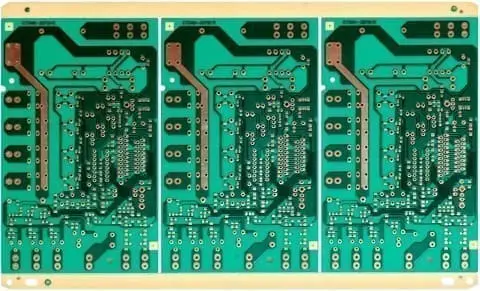
Double-Sided PCB
As the name suggests, these workhorses have copper tracks on both sides, allowing for more complex circuits and denser component placement. They’re the most widely used type of PCB.
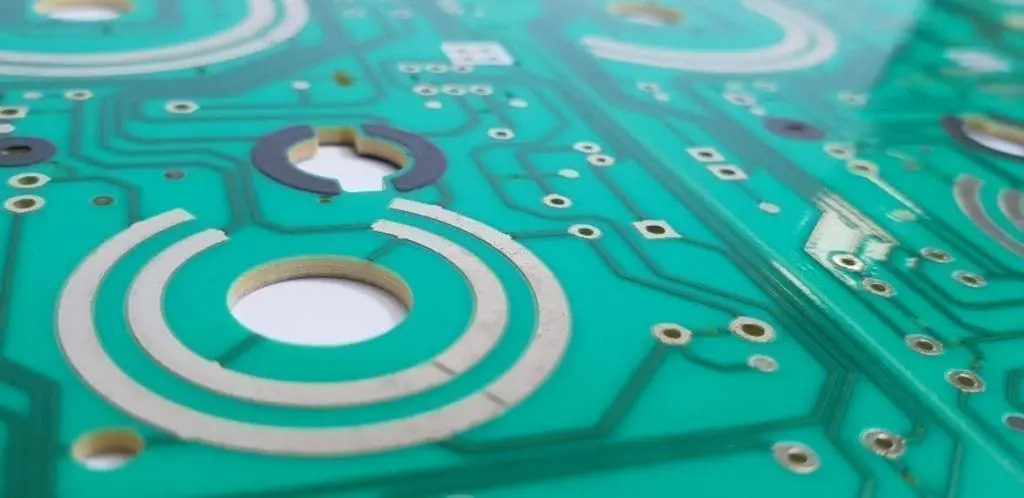
Multilayer PCB
Imagine a high-rise metropolis compared to single-sided and double-sided PCBs. Multilayer PCBs feature several conductive layers sandwiched between insulating layers, connected by tiny holes called vias. This allows for incredibly intricate circuits with high component density, perfect for powerful devices like smartphones and laptops
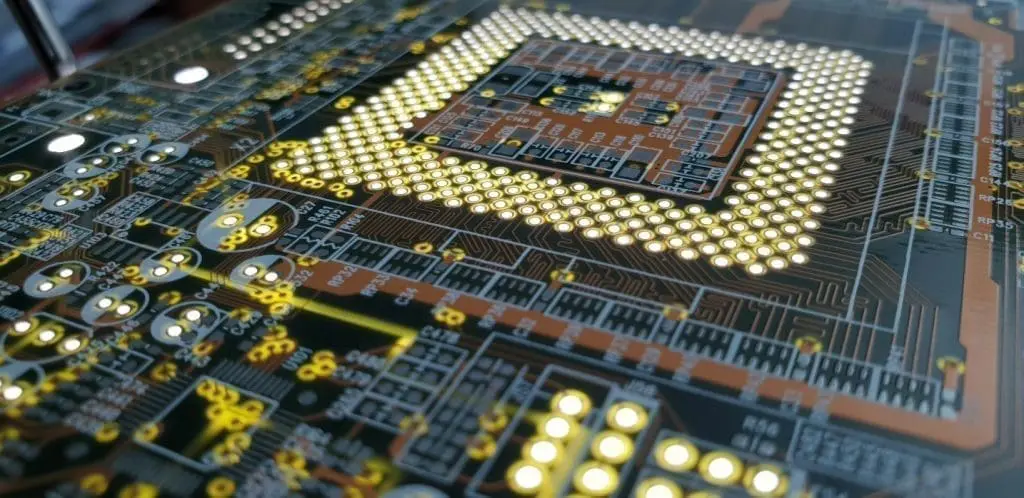
Metal Core PCB
These PCBs incorporate metal layers within the board structure, ideal for applications requiring superior heat dissipation, like high-power electronics
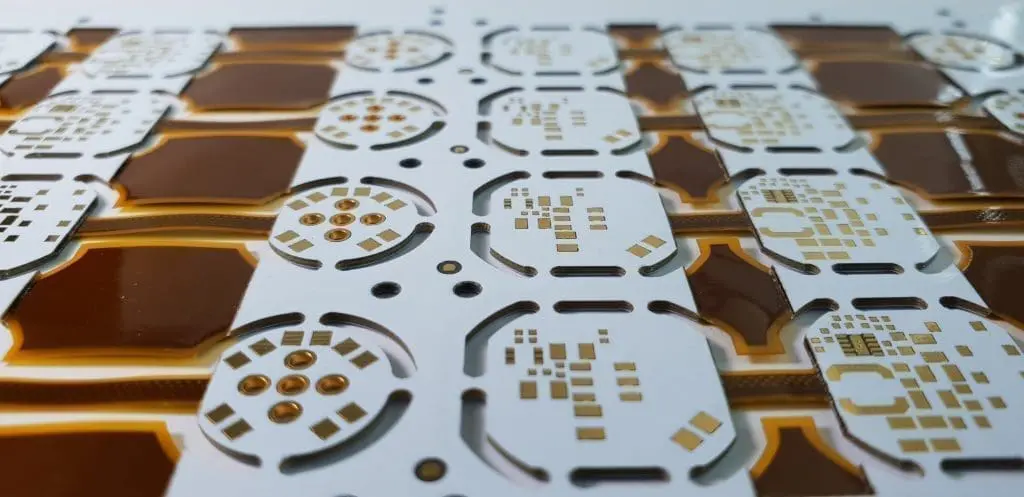
Flexible PCBs
Think bendable phones? Flexible PCBs make it possible! They’re built on a flexible substrate, allowing them to conform to unique shapes.
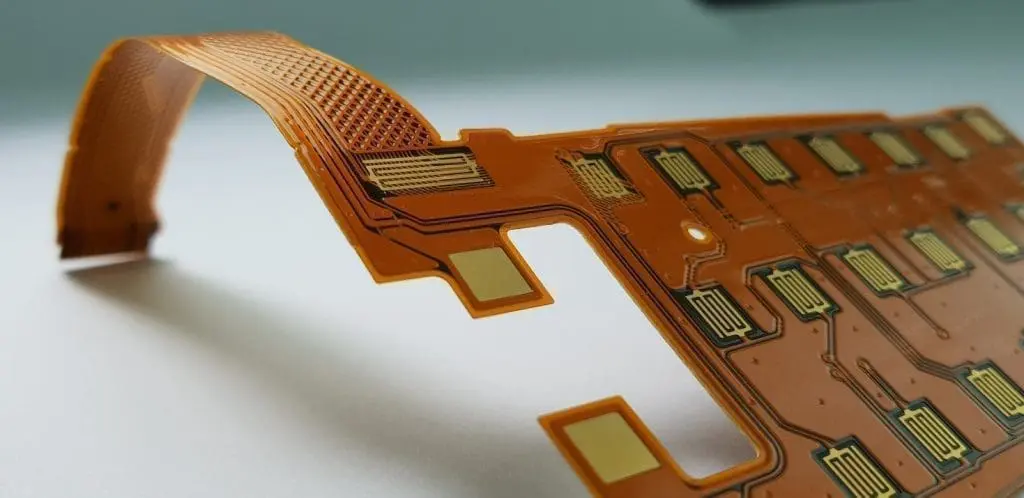
High-Density Interconnect (HDI) PCB
These PCBs pack a punch! By utilizing finer lines and smaller vias, they enable even more complex circuits on a smaller footprint. Perfect for miniaturized devices like high-end smartphones and advanced wearables.
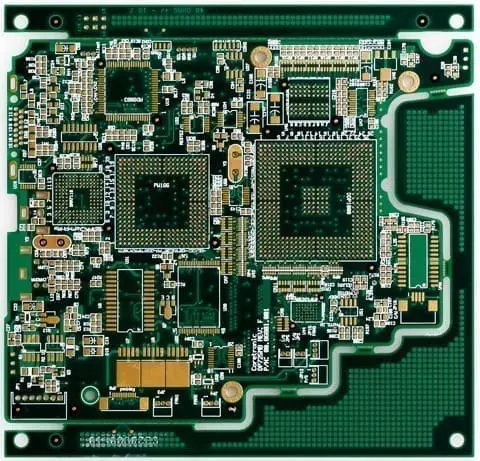
Thick Copper PCB
Current can be a demanding traveler! Thick copper PCBs address this by using thicker copper traces, ideal for applications with high current requirements like power supplies and motor controllers.
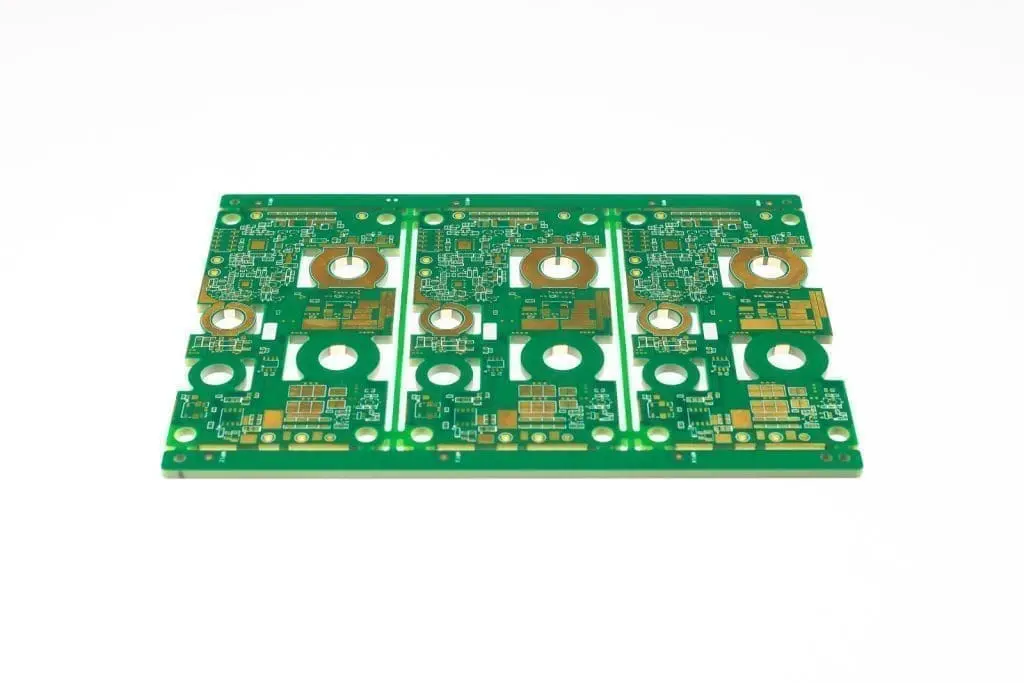
RF/Microwave PCB
The world of radio waves and high frequencies has its own set of challenges. RF/Microwave PCBs utilize specialized materials and design techniques to ensure signal integrity at high frequencies. These are crucial components in radios, radars, and wireless communication devices.
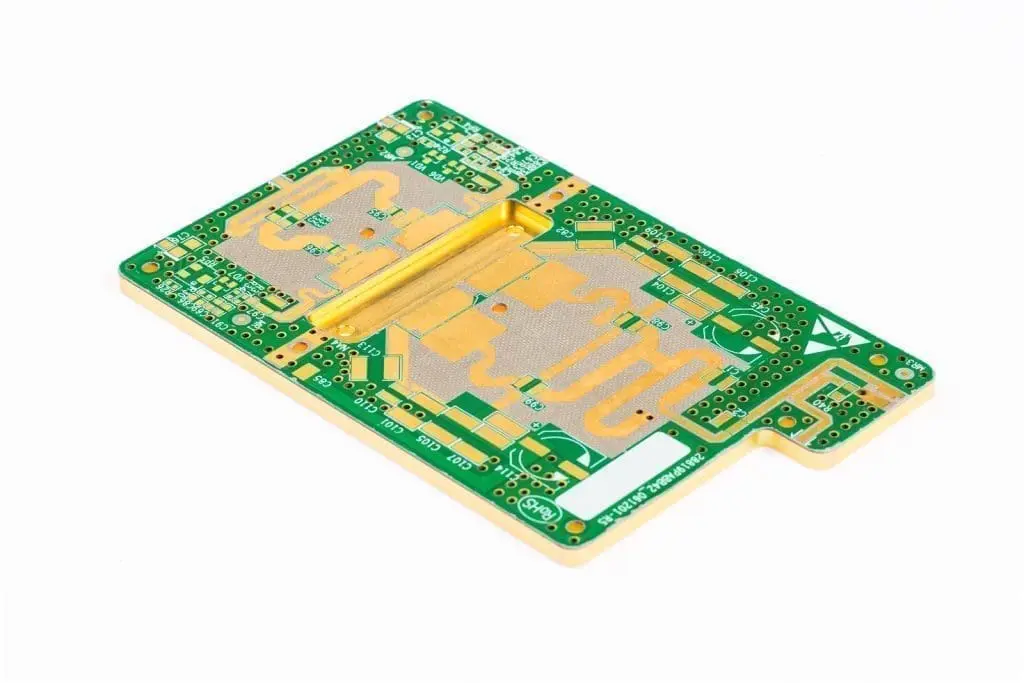
IC Substrate PCBs
Imagine a dedicated apartment building for integrated circuits (ICs). IC Substrate PCBs provide a high-performance platform for mounting and interconnecting ICs, often used in high-speed computing and networking equipment.
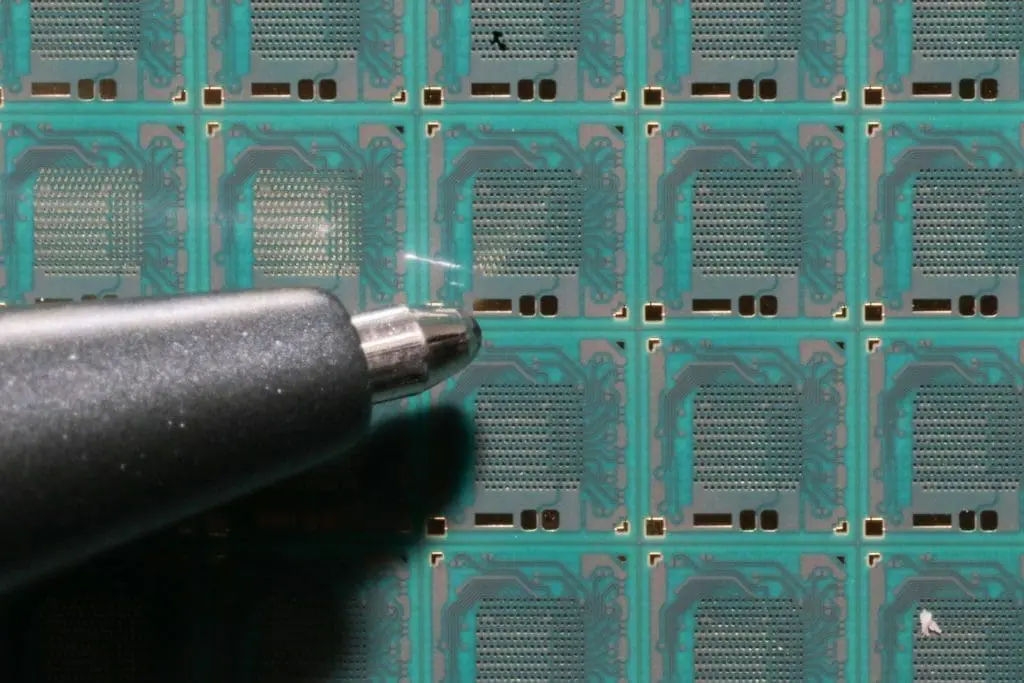
The Art and Science of PCB Manufacturing: A Glimpse Behind the Scenes
Creating a functional PCB is a fascinating dance between artistry and precision engineering. While a detailed explanation is beyond the scope of this article, you can discover our dedicated article on the manufacturing processes here : LINK
The relentless pursuit of smaller, more powerful electronics pushes the boundaries of PCB technology. Techniques like High-Density Interconnect (HDI) and advanced via-formation methods allow for ever-shrinking components and more dense circuit layouts.
PCBs: The Foundation of our Tech-Driven World
From the smartphones in our pockets to the complex machinery in factories, PCBs are the invisible threads that bind the electronic tapestry of our world. Understanding their role is a gateway to appreciating the intricate dance of technology that shapes our daily lives.
So, the next time you power on your favorite device, take a moment to acknowledge the silent symphony of signals orchestrated by the unassuming PCB within.
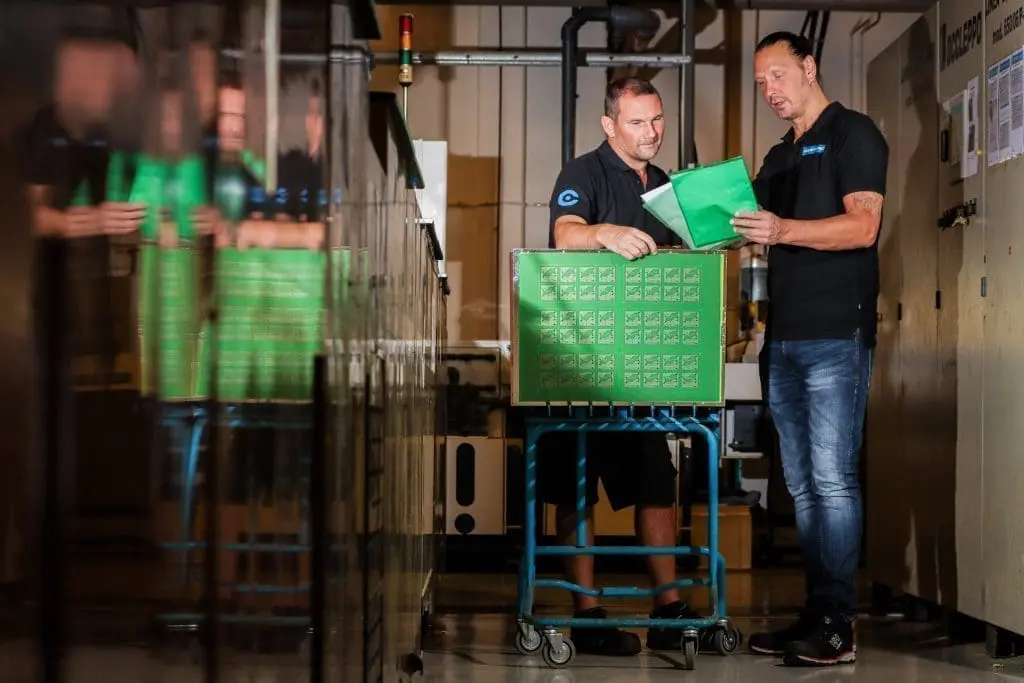
Looking for more in-depth information?
The world of PCBs is vast and ever-evolving. This guide has merely scratched the surface. If you’re eager to delve deeper, consider exploring our website or consulting with our PCB design and manufacturing professionals. Happy exploring!
